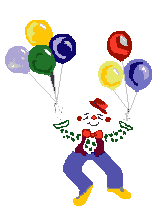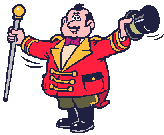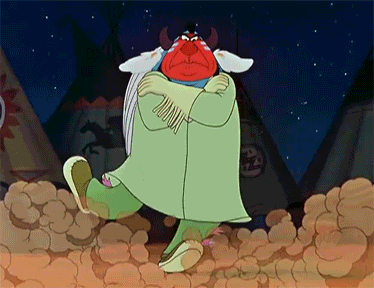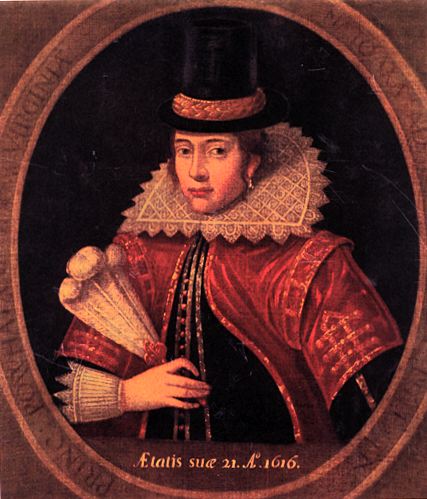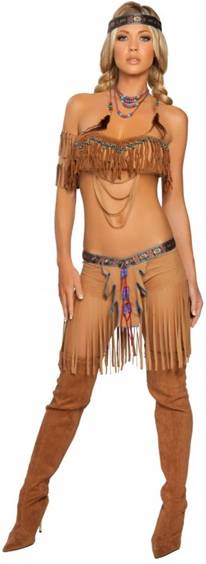 |
| Circus Lions- 1905 |
Circus' in the late 19th and early 20th century
During the late 19th and early 20th century people began becoming interested in different forms of entertainment. During this time, the work week was shortened, allowing for more time to be spent on other things. People during this era were also making more money which meant more money to be spent on leisure activities. Up until this time, leisure was not something the average American believed in. Leisure was thought as being only for the more wealthy folks who did not have to work the long shifts most Americans did.
Because the "legitimate" theater, opera and other forms of high class entertainment were not affordable to the average American, people turned to the circus for entertainment. The circus allowed people to see many different types of exotic animals, daredevil stunts, and other unusual things all in one place, without the need to travel far from home. Admission to the circus was usually around $0.50 for adults and $0.25 for children, which would now be approximately $13 for adults and $6 for children when adjusted to the inflation. Most circuses could sneat about 4,000 people per show. The big top, a tent which covered the circus activities and kept the weather from affecting the performance, to some extent, was usually about 200 ft wide and 46 ft tall. Circuses used trains to carry all their equipment from location to location. They had special cars made to provide enough space for the each animals to travel safely. By the Year 1889, there were over 22 large traveling circuses. When the circus came to town, everything in the town shut down in order to allow people the opportunity to go to the circus.
The circus put out ads claiming to be the the "Greatest Show on Earth", showing pictures of many different daredevil stunts and attractions over exagerating the types of attractions to see at the circus. This was used to entice and interest people in coming to the show by allowing them to get a taste of what they would see. Many of the pictures portray unrealistic events, such as cats boxing. This made people come in hopes of seeing the mysterious and unbelievable attractions. The advertisements were exciting using vivid colors to further seduce people into wanting to see their show. Barnum & Bailey were one of the best advertisers of the late 19th and early 20th century. They lured many people into coming to see their show with the promise of seeing many unusual and exciting things.
Circuses featured many different acts. Most included exotic animals, muscians, trick riders, trapeze artists and tight rope walkers, juggler, clowns, and contortionist and gymnasts. These things, especially the exotic animals could not be seen any where else. People were excited to see tame wild life, such as lions, bears and elephants, performing different tricks. Another of the major attractions to the show were the circus sideshows. There circuses showcased what they called "Freaks". These were people with unusual abnormalities in their appearance. Some of the more famous freaks were "Gorilla Girl", Lady Giantess and Peter the small, Alice Dehorty the bearded lady, Jojo the Dog Faced Boy, and Ella the Camel girl. These people were born with rare deformities which people were drawn to looking at.
One of the biggest circuses accomplishments was providing a show which was pleasing for all ages. They offered "Freak shows" for the adults and many different attractions specifically directed toward children. This allowed families to spend time together at the circus on their days off. Circus owners planned for their shows to appeal to everyone in order to raise attendance to the circus and ultimately make more money off of each show.

